What Happens During a Dental Cleaning?
Let’s be real, getting a dental cleaning isn’t exactly what most people get excited about. Maybe you’re picturing those scraping sounds, weird tools, or wondering if it’s going to hurt. Totally normal! But here’s the good news: dental cleanings are actually simple, super effective, and way less intimidating when you know what to expect.
At 65 Broadway Dental in NYC, we’re all about making your visit stress-free and even a little enjoyable (yes, really). So if it’s been a while or you’re just curious about what happens during a cleaning, we’ve got you covered, step by step.
👉 Thinking it’s time for a fresh, healthy smile? Book your cleaning with us today!
How Long Does a Dental Cleaning Take?
A dental cleaning usually takes 30 to 60 minutes, so you’ll be in and out before you know it. But trust us, it’s not just about getting that shiny, polished look. It’s about keeping your whole mouth healthy.
Sometimes, your visit might take a little longer if we:
- Take X-rays (usually once a year) to check what’s going on beneath the surface
- Do a full dental exam to spot any issues early
- Talk about a treatment plan if anything needs a closer look
Most of the cleaning is done by your friendly dental hygienist, but don’t be surprised if your dentist pops in at the end for a quick checkup and to say hello. It’s a team effort to keep your smile in top shape!
Step-by-Step Breakdown of a Professional Dental Cleaning
At 65 Broadway Dental, we follow a consistent and thorough procedure to ensure your mouth is as healthy as possible. Here’s exactly what you can expect:
Step 1: Initial Oral Exam
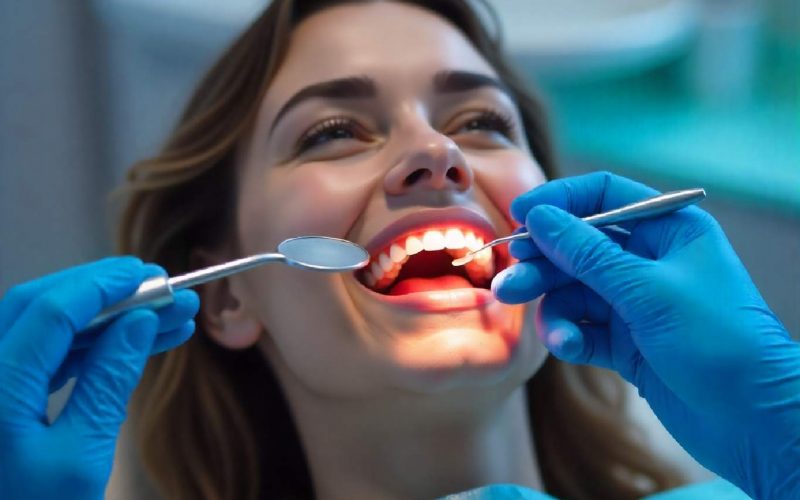
Before any tools touch your teeth, your dental hygienist performs an oral exam using a small round mirror.
They check for:
- Swollen or bleeding gums
- Cavities
- Signs of gum disease
- Tooth alignment issues
If anything looks concerning, your hygienist may consult the dentist before continuing. Think of this step as a mini check-up that ensures it’s safe to move forward.
Step 2: Plaque & Tartar Removal
Now comes the part people often dread, but it’s completely painless. Using a scaler, the hygienist carefully removes plaque and tartar from around your gum line and between your teeth.
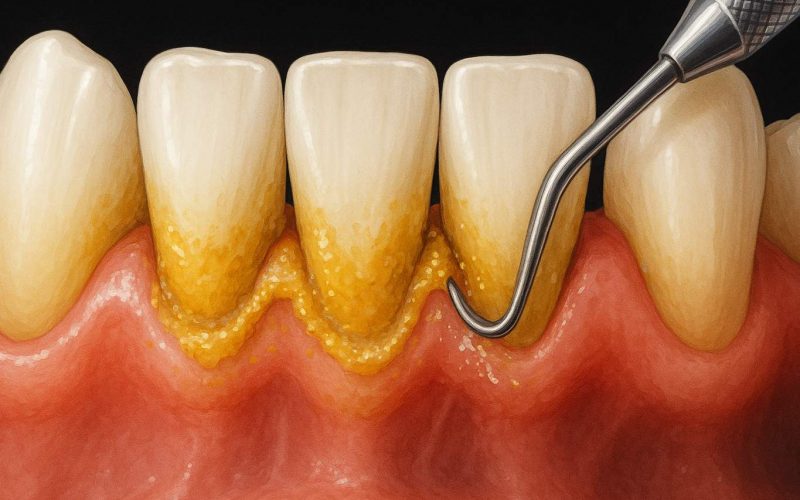
- Plaque is a soft film of bacteria.
- Tartar (or calculus) is hardened plaque that brushing alone can’t remove.
The more tartar buildup you have, the more time this step takes. But good oral hygiene habits at home can reduce buildup and your time in the chair.
Step 3: Gritty Toothpaste Polishing
Next, the hygienist uses a high-powered electric brush and a gritty toothpaste to polish your teeth. You may be asked to pick a flavor. Mint is popular, but some places offer fun choices like bubblegum or cinnamon!
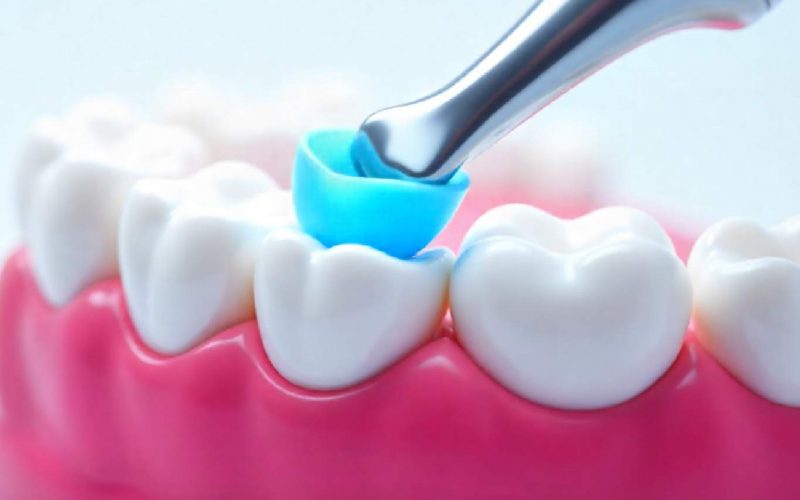
- The gritty texture scrubs the tooth’s surface.
- It helps remove surface stains and smooth the enamel.
This step may sound intense, but it’s completely safe and leaves your teeth smooth and shiny.
Step 4: Expert Flossing
Even if you floss daily, nothing beats the thoroughness of professional flossing. Your hygienist will:
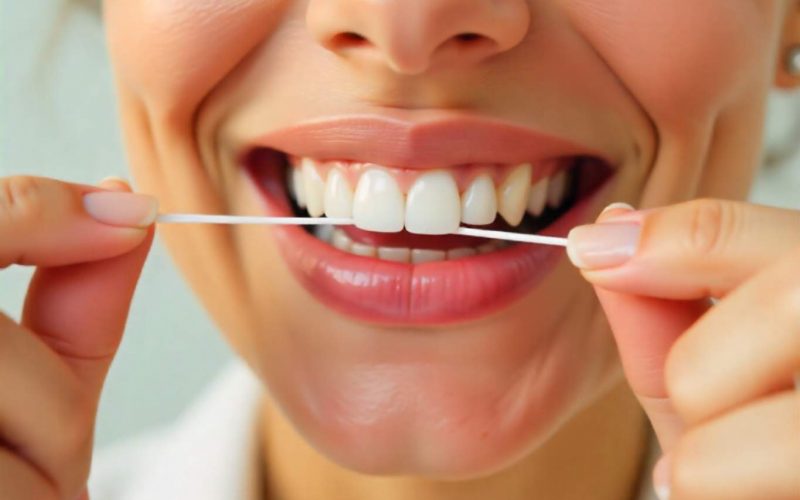
- Get deep between your teeth
- Remove plaque or debris left from previous steps
- Check for spots where your gums may bleed
This also helps the hygienist assess how well you’re doing with your at-home care routine.
Step 5: Rinse and Suction
After polishing and flossing, your mouth will need a good rinse. You’ll swish with a fluoride solution or plain water, then the hygienist will use a suction tool to clear it out.

This step removes:
- Toothpaste
- Dislodged plaque or tartar
- Residual debris
Step 6: Fluoride Treatment (Optional)
Finally, your hygienist may offer a fluoride treatment to strengthen enamel and prevent future decay. You’ll either:
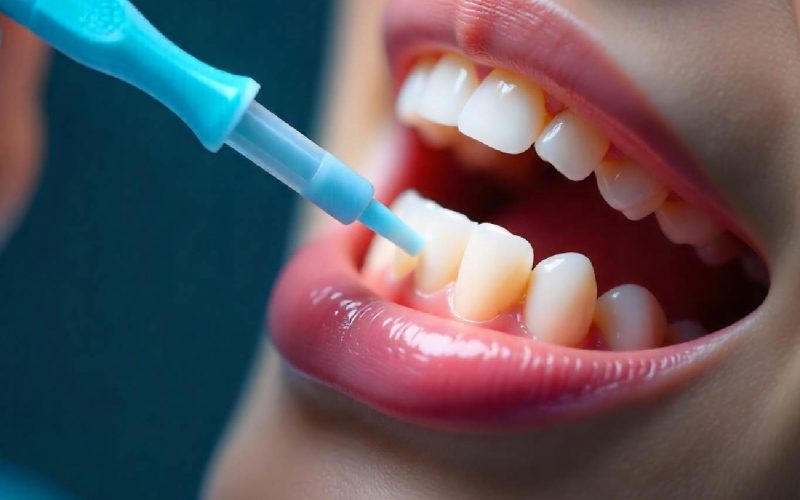
- Bite into a gel-filled tray for one minute
- Or have a varnish painted directly onto your teeth
The varnish hardens on contact with saliva, so you can eat or drink almost immediately afterward.
What Else Might Happen During Your Visit?
Every smile is different, which means your cleaning appointment might come with a few extra steps depending on what your mouth needs. Beyond the usual polish and floss, here are a few things we may include during your visit to make sure your oral health is fully covered. You can also check out top oral health tips to keep your smile shining between appointments.
Digital X-Rays (Usually Once a Year)
Once a year, we usually recommend taking digital X-rays; think of them as your smile’s sneak peek behind the scenes. While your hygienist can spot plaque and tartar on the surface, X-rays allow us to see what’s going on beneath your gums and between your teeth. They help us catch early signs of:
- Cavities hiding where toothbrushes can’t reach
- Bone loss around the teeth or jaw
- Impacted teeth that haven’t fully erupted
- Infections or abscesses that haven’t caused pain yet
They’re quick, painless, and super helpful for getting the full picture of your oral health before problems grow.
Final Dentist Exam
After your hygienist finishes the cleaning, the dentist will come by for a final exam. Think of it as your smile’s quality check. They’ll look over your X-rays if they were taken, check your teeth and gums for signs of decay or gum disease, and evaluate your bite to make sure everything’s aligned properly.
This is also the perfect time to talk about anything that’s been on your mind, whether you’ve noticed sensitivity, have questions about teeth whitening, or are curious about options like veneers or Invisalign. Your dentist is here to guide you, not judge you.
Pro Tips for Better At-Home Care
Before you leave, your hygienist or dentist may share some quick tips tailored to your specific needs. These aren’t one-size-fits-all suggestions; they’re little tweaks that can make your daily routine way more effective. You might be advised to:
- Switch to an electric toothbrush for a more thorough clean
- Add a water flosser to target hard-to-reach areas
- Adjust your brushing angle or timing for better plaque removal
These tips help you stretch the benefits of your professional cleaning and keep your teeth and gums healthier between visits.
Why Professional Dental Cleanings Matter
You might be thinking, “I brush twice a day and floss most of the time, do I really need a dental cleaning?” The answer is yes, and here’s why.
Even with the best at-home routine, there are spots in your mouth that your toothbrush and floss simply can’t reach, especially around your gumline or between tight teeth. Over time, plaque hardens into tartar, which can’t be removed without professional tools. That’s where we come in.
Getting your teeth cleaned at the dentist does more than just polish your smile. It helps us spot small problems before they become big ones, like tiny cavities, early signs of gum disease, or even unusual tissue changes that could point to something more serious, like oral cancer.
Plus, let’s not forget how amazing it feels to walk out of the office with a clean, fresh mouth. Many patients notice that their breath smells better and their teeth even look a bit whiter after a cleaning.
And here’s something a lot of people don’t realize: your oral health is closely connected to your overall health. Gum disease has been linked to conditions like diabetes, heart disease, and stroke. So keeping your mouth healthy isn’t just about your smile, it’s about your whole body.
How Often Should You Get a Dental Cleaning?
For most people, getting a dental cleaning every 6 months is the sweet spot. It’s just enough to keep plaque and tartar from building up and to catch any issues early, before they become more serious (or expensive).
That said, some people may need cleanings more frequently, like every 3 to 4 months. You might fall into this group if you:
- Smoke or use tobacco
- Have gum disease (past or present)
- Live with diabetes or a heart condition
- Tend to get a lot of cavities or plaque buildup
Think of these visits as tune-ups for your oral health. Staying on schedule helps you avoid bigger problems down the road, like deep cleanings, root canals, or costly dental work. It’s not just about keeping your teeth clean, it’s about keeping your entire mouth (and your budget) healthy for the long haul.
Are Dental Cleanings Painful? Busting the Myths
Let’s be real, when people think of dental cleanings, they often imagine sharp tools and discomfort. But the truth is, for most patients, cleanings are completely painless.
You might feel some light pressure, hear a bit of scraping, or notice mild gum tenderness if it’s been a while. But pain? Not usually.
Still nervous? Here are a few easy ways to make your visit even more comfortable:
- Speak up: Let your hygienist know if you have sensitive teeth or gums. They’ll go gentler and check in more often.
- Ask for numbing gel: A simple topical gel can make a big difference if you’re especially sensitive.
- Use a sensitive toothpaste: Starting a week or two before your visit can help take the edge off.
At 65 Broadway Dental, your comfort is just as important as your clean smile. We’re here to make sure your experience is smooth, stress-free, and maybe even enjoyable.
Also Read: Is Dental Whitening Safe?
What to Do After a Dental Cleaning
Your smile is feeling fresh, now what? To make the most of your dental cleaning, a little aftercare goes a long way.
- Wait 30 to 60 minutes before eating or drinking
If you received a fluoride treatment, give it time to fully absorb into your enamel. This helps strengthen your teeth and protect against cavities. - Stick to soft foods for the rest of the day
If your gums feel a little tender, that’s totally normal. Soups, yogurt, smoothies, or mashed potatoes can be gentle and comforting. - Keep up your good habits at home
Brush twice a day with a soft-bristle toothbrush, floss daily, and don’t forget to stay hydrated. This helps your clean feeling last and keeps plaque from sneaking back.
And of course, if anything feels off, like lingering sensitivity or sore spots, don’t hesitate to call your dentist. At 65 Broadway Dental, we’re just a call away and always happy to help.
Book Your Dental Cleaning in NYC Today
Your smile deserves more than just brushing and flossing at home. A professional cleaning not only keeps your teeth looking great, but it can also help prevent serious health issues before they start.
Also Read
FAQs
1. How often should you get a dental cleaning?
Most dentists recommend getting a professional dental cleaning every six months. However, if you have gum disease, smoke, or are prone to plaque buildup or cavities, you may benefit from more frequent visits, like every 3 to 4 months.
2. Do dental cleanings hurt?
Dental cleanings usually don’t hurt. Most people feel only slight pressure or minor gum tenderness, especially if there’s buildup or inflammation. If you have sensitive teeth, your hygienist can offer numbing gel or go extra gently.
3. Does a dental cleaning make your teeth whiter?
Yes, but only to a degree. Cleanings remove surface stains caused by coffee, tea, or tobacco, which can make your teeth look noticeably cleaner and brighter. For a truly whiter smile, consider professional teeth whitening.
4. Do I need fluoride treatment at every cleaning?
Fluoride isn’t mandatory, but it’s strongly recommended, especially if you’re prone to cavities, have sensitive teeth, or want added protection. It helps strengthen enamel and can significantly reduce your risk of decay.

Dr. Alexander Heifitz (Author)
Dr. Alexander Heifitz is the founder of 65 Broadway Dental in NYC, where he combines advanced dental expertise with a patient-first approach. He specializes in cosmetic and restorative treatments such as dental implants, veneers, Invisalign, and smile makeovers, helping New Yorkers achieve both oral health and confidence.
Booking An Appointment
Looking for a reliable dentist in Downtown NYC? Whether you need a routine cleaning, urgent care, or a full smile transformation — we’ve got you covered. We accept most PPO insurance plans and offer flexible scheduling.
+1 (212) 430-3888
Call for appointment
Walk-ins Welcome / Same-Day Appointments Available

Related Blogs
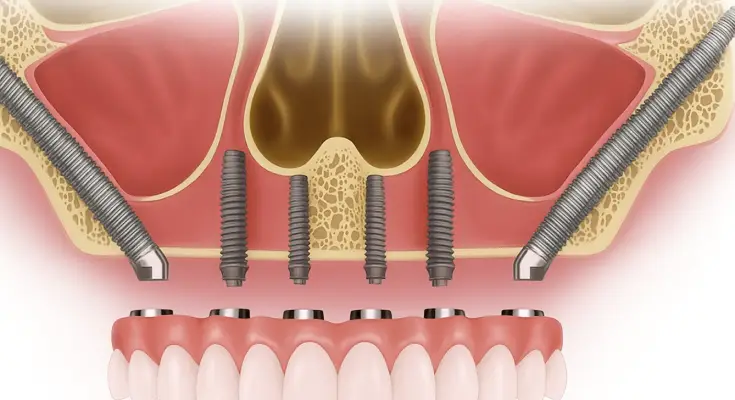
Zygomatic Dental Implants: Are They Right for You in NYC?
Discover zygomatic dental implants in NYC. Learn who qualifies, key benefits, and how this advanced solution restores smiles when traditional implants aren’t possible.
Read More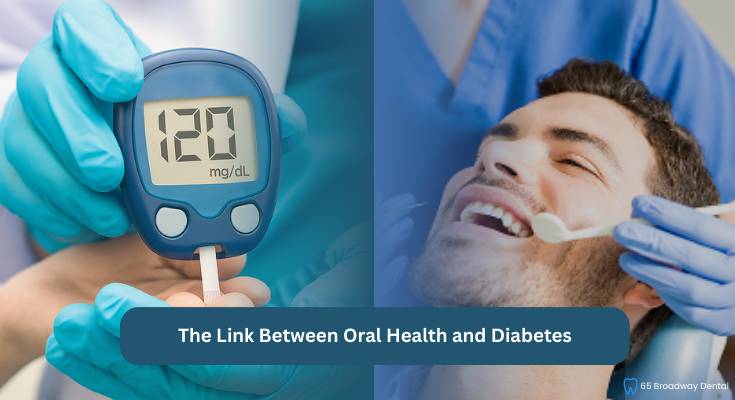
The Link Between Oral Health and Diabetes
Oral Health and Diabetes are closely linked. Poor diabetes control can cause gum disease, infections, and slow healing, impacting overall health.
Read More